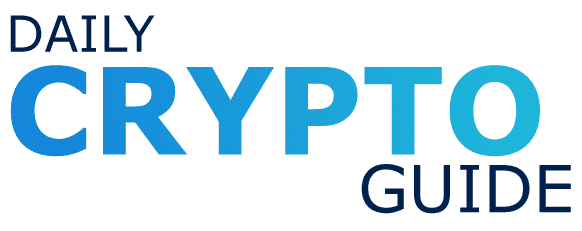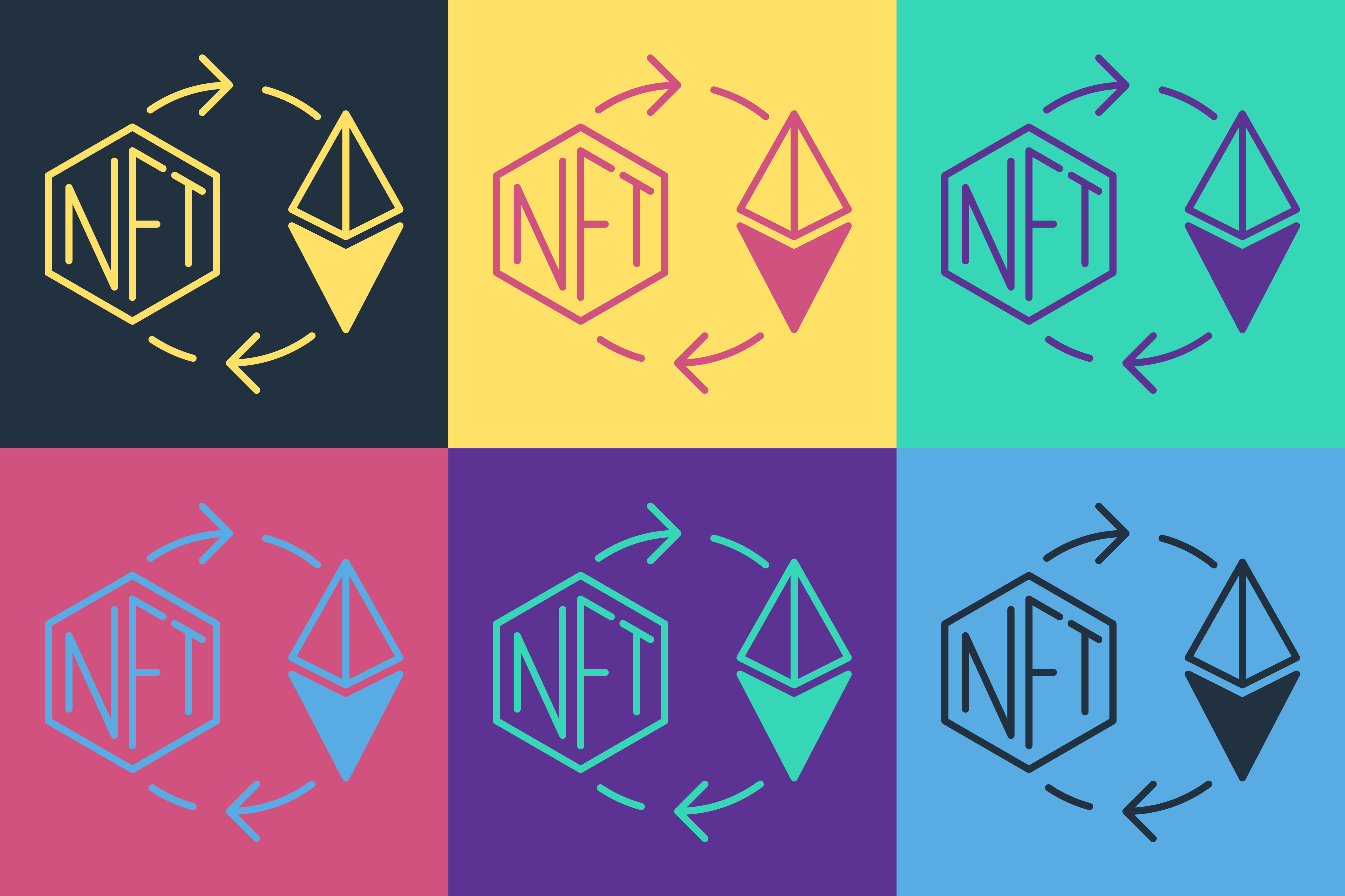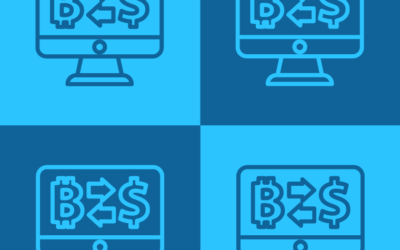What is Bitcoin? A Complete Guide (In Simple Terms)
As the king of crypto, Bitcoin is the talk of the town lately. But what is Bitcoin exactly? And how does Bitcoin even work? This in-depth guide will tell you everything you need to know! Our crypto experts will discuss what Bitcoin is, how it works, how to buy this cryptocurrency, and more. Most importantly, we’ll explain everything in plain and simple terms.
Ready to learn more about Bitcoin? Let’s go!

Bitcoin Overview
Logo

Creation Date
Developer
Crypto Type
Current Price
What is Bitcoin?
Bitcoin is a decentralized digital currency. But what does this mean exactly? Well, it’s not as complex as it might sound.
Basically, Bitcoin is a currency that is represented digitally (rather than printed in the form of paper or coins). The decentralized aspect simply means that no central authority (e.g. a bank or government) oversees Bitcoin or handles transactions.
You may also see Bitcoin referred to as BTC. This is the shorthand version.
Bitcoin was first introduced in 2009. It was created by a developer named Satoshi Nakamoto. Unfortunately, no one knows who Satoshi is. Although many people speculate about Satoshi’s true identity, no one knows for sure.
Okay. Now that you know what is Bitcoin, let’s take a look at how it works.
How does Bitcoin work?
First thing’s first – let’s talk about how BTC transactions are completed and how Bitcoin is created. Then, we’ll discuss how transactions are recorded.
Mining
A process called mining validates Bitcoin transactions. The mining process also creates new BTC.
When a BTC transaction is submitted, powerful computers around the world compete to be the first to solve a complex math problem. This problem (which, for the purpose of simplicity, we won’t get into here) verifies the transaction. The first computer to solve the problem is rewarded with BTC. So, at the same time that transactions are verified, new Bitcoin is created.
You can think of Bitcoin mining just like gold mining. Except, with crypto mining, computers are doing all the work (instead of human miners).
So, to summarize, BTC mining has two purposes.
- To verify transactions
- To create new Bitcoin
Now, what about recording these transactions? If BTC is constantly being bought, traded, and sold, how does anyone know who owns what?
This is where blockchain technology comes in. But what is blockchain in simple words?
Blockchain – AKA The Ledger
A blockchain is used to record all Bitcoin transactions.
A blockchain is essentially a digital ledger. You can think of it like a ledger you’d use to keep track of your own money. You might record what you earn, what you spend, and even to who you owe money. This is what the Bitcoin blockchain, or ledger, does – except on a global scale. It is a record of all BTC transactions.
Unlike a personal hand-written ledger, however, the blockchain is duplicated and distributed across a network of computer systems. So, while you would be the only one to have a copy of your written financial ledger, copies of BTC’s ledger are stored on numerous computers around the world. This is an extremely beneficial characteristic. Why? Because it makes it very difficult for anyone to cheat, change or hack the system. This makes the blockchain practically unchangeable.
Think of it this way – if someone got a hold of your written ledger, they could make changes in their favor. For instance, they might add an entry that says you owe them $1,000. Now, it’s your word against theirs. But, with a blockchain, there are so many copies spread throughout the world that it would be almost impossible to track them all down and make a change to all of them. Therefore, no single person could make a change to the blockchain in an attempt to cheat the system.
The BTC blockchain is also public. This means that all the transactions recorded on the ledger can be seen by anyone at any time. Again, this is a great way to prevent fraud and illegal activities.
To further secure BTC transactions, a process called cryptography is used.
Cryptography
Cryptography is the process of encrypting (and decoding) data so that only specific individuals can access it.
Here’s how it works.
When a sender initiates a transaction, the information is converted into a code (with the help of a special key and algorithm). This code is then sent to the recipient where it is decoded using another key.
Only the individual for whom the info was intended will have the proper key to decode the message. Therefore, this system prevents hackers from getting a hold of sensitive information.
Keep in mind, that this is a simplified explanation of cryptography. But, to understand the basics of Bitcoin, it’s all you really need to know.
What is Bitcoin used for?
When Satoshi Nakamoto developed Bitcoin in 2009, they intended for people to use BTC to send money over the internet. However, BTC has evolved since then. Now, Bitcoin has several purposes.
Today, you can use BTC to:
- Send money between people – individuals can send Bitcoin to friends and family anywhere in the world with little to no fees. This is thanks to the fact that BTC is decentralized.
- Buy goods and services – similar to currencies like the USD, EUR, and JPY, Bitcoin can be used to make purchases online and in the real world.
- Store value – Bitcoin is often referred to as digital gold. Investors hold BTC as a way to retain and grow their wealth.
How does Bitcoin make money?
There are two ways to make money with Bitcoin.
- Mining – miners are rewarded (in BTC) for validating transactions. This can be a very lucrative endeavor. However, it costs a lot of money to start up a successful Bitcoin mining operation. You’ll need mining equipment (which can cost upwards of $10,000), a place to house all your mining rigs, and A LOT of electricity. Therefore, mining is not feasible for many people.
- Buying (and holding) – anyone can buy BTC (unless it is banned in your country). Just sign up for a trading account, purchase your BTC, and hold until the price goes up. People also trade cryptocurrency regularly to make money, but this is a much tougher strategy than buying and holding.
Did you know – you don’t have to buy a full Bitcoin! That’s right, you can buy smaller increments. In fact, with just a few dollars, you can make a BTC purchase. The smallest unit of Bitcoin that you can buy is called a Satoshi. A Satoshi is equivalent to 0.00000001 BTC.
Why do people buy Bitcoin?
There are a few reasons why people buy Bitcoin. Most commonly, people buy BTC as an investment, or store of wealth. In other words, they buy and hold the crypto in hopes that the price will increase. Another reason people buy this cryptocurrency is to use it to transfer funds. As we discussed above, BTC can be used to send money to family and friends, as well as to buy things. Therefore, many people buy Bitcoin so that they can purchase goods and services with it.
Side note – it is also becoming increasingly popular for people to receive their salary in BTC. This can simplify and speed up payments and cut out the need for centralized organizations like banks.
How to Buy Bitcoin
Now that you know what is Bitcoin, you might want to buy some.
Buying BTC isn’t as difficult (or scary) as it might seem. There are a few things to learn along the way, and a few steps that you’ll need to take that may not be familiar to you. But, if you work through the steps one by one, and only buy what you can afford to lose, you’ll be just fine!
Here’s what you’ll need to do to buy Bitcoin.
1. Choose a reputable crypto trading service.
In most cases, beginners choose a crypto exchange as their go-to for buying BTC. This option is also one of the easiest. However, there are many different crypto exchanges out there. Therefore, the hardest part will be picking one. There are many reliable guides and reviews available online that can help you choose the right exchange for you.
From experience, here are a few things to look for in a good crypto exchange:
- Low trading fees
- High liquidity
- Payment options that work for you
- Ability to withdraw in your local currency
2. Create an account.
Now that you’ve selected the crypto exchange you want to use (keep in mind – you can use more than one!), it’s time to sign up for an account. This will involve some additional steps. However, the exchange will walk you through the process.
In most cases, you will have to complete a KYC process (this involves submitting a copy of a government-issued ID and other personal details so the exchange can verify your identity) and add your payment method of choice.
A word of warning – there may be fees associated with certain payment methods when buying crypto. For example, if you want to buy BTC with your credit card, you may be charged a fee by your credit card issuer. In some cases, your credit card provider may even treat the purchase like a cash advance. Therefore, it’s important to check out the fees before you select a payment method.
3. Buy Bitcoin.
Now, it’s time to place your order. First, decide how much money you want to spend (this should not be more than you are willing to lose). Then, place your order.
The easiest, and most common, way to buy BTC is using a market order or a limit order. If you place a market order, you are buying BTC at the current price (i.e. the price at the moment you hit buy). On the other hand, a limit order allows you to set a bid to buy at a specific price. For example, let’s say the price of Bitcoin is $42,000 but you think that’s too high. You want to purchase BTC at $40,000. Therefore, you would set a limit order of $40,000. When BTC reaches that price, your order will go through.
Now, those are the simplest ways to buy BTC. But there are various other order types that you can use. For instance:
- Stop-loss orders
- Stop-limit orders
- Take-profit orders
- Take-profit limit orders, etc.
After buying Bitcoin, you’ll need to store it in a safe place. The best place to hold BTC and other cryptocurrencies is on a hardware wallet.
Bitcoin Stock
If you’re not so sure about buying BTC on an exchange, but you still want exposure to the crypto space, there may be Bitcoin stock options in your area. In particular, Bitcoin ETFs.
For example, in Europe and Canada, both Bitcoin and Ethereum ETFs are available. These ETFs give investors direct exposure to the crypto market – but through the more traditional medium of the stock exchange.
The United States offers BTC ETFs as well. However, currently, these ETFs are futures ETFs. Unlike the Bitcoin ETFs in Europe and Canada, these futures ETFs do not provide direct exposure to the cryptocurrency. The difference is that European and Canadian BTC ETFs are spot ETFs. Ok, that may not make a lot of sense. You’re probably wondering – what is a Bitcoin ETF and what is the difference between a spot ETF vs futures ETF? Let’s break it down.
Spot ETF vs Future ETF
A Bitcoin ETF that provides direct exposure to the market is known as a spot ETF. In simple terms, this means that the ETF actually owns some BTC. On the other hand, a futures ETF doesn’t provide direct exposure to BTC. In other words, the ETF doesn’t actually own any BTC directly. It’s a bit more complex than that – but you get the gist.
Many investors favor spot ETFs and various organizations in the United States are attempting to get BTC spot ETFs approved. Therefore, it’s likely that the US will allow Bitcoin spot ETFs in the coming years. As a result, investors will be able to add BTC to their portfolios via the stock exchange.
Bitcoin FAQ
At this point, you’re up to speed on what is Bitcoin. But, you likely have some lingering questions. To help you out, here are the top Bitcoin FAQs. Don’t see your BTC question here? Let us know and we’ll make sure to cover it on the site for you!
Let’s get into it.
Can Bitcoin be converted to cash?
Yes, Bitcoin can be converted to cash. In fact, there are several different ways to convert BTC to cash. These include selling BTC via:
- Crypto broker
- Crypto exchange
- Over-the-counter trading (i.e. private sales)
In most cases, the best (and easiest) way to convert BTC to cash is to sell it on a crypto exchange. Many popular exchanges will allow you to sell your Bitcoin and transfer the funds directly to your bank account in your local currency.
Can you buy a house with Bitcoin?
Yes, you can buy a house with Bitcoin. Thanks to increased adoption across the globe people now use Bitcoin to buy real estate in many locations. BTC is the most popular choice for real estate transactions. However, altcoins like Ethereum can also be used.
The first home ever bought with BTC was purchased in 2017 in Colchester, Essex. Developer Go Homes built and sold the brand new £350,000 home (approx. $435,000 USD).
Currently, the most common way to use BTC to buy a house is to treat the transaction like a cash deal. In other words, the buyer transfers the full purchase price to the seller. However, with the introduction of many new crypto lending platforms, it may be possible to get a crypto mortgage in the future.
What is Bitcoin halving?
Bitcoin halving is when Bitcoin mining rewards are cut in half. In other words, the amount of BTC that a miner receives for validating a single transaction is reduced by half.
BTC halving occurs approximately every four years. More specifically, halving occurs after every 210,000 blocks are mined. The first-ever BTC halving took place in 2012. The next Bitcoin halving is expected to occur around 2024.
Bitcoin halving limits the supply of new coins (created by mining). As a result, BTC prices increase due to high demand and limited supply.
What is Bitcoin hash rate?
Bitcoin hash rate is the computing power used to process transactions on the BTC blockchain.
Investors often use hash rate to evaluate the health and security of proof of work cryptocurrencies. That’s because a higher hash rate means more computing power is necessary to verify and add transactions to the blockchain. Consequently, a higher hash rate means it is more difficult for hackers to attack the blockchain.
Bitcoin hash rate is also typically correlated with price. More specifically, the higher the price of BTC the higher the hash rate. This is because, for miners, a high BTC price means more rewards. As a result, more miners are willing to participate in mining activities.
More Crypto Content You’ll Love
What is NFT vs Crypto: Understanding the Key Differences and Similarities
Wondering – what is NFT vs crypto? Unlock the secrets of these digital assets, explore their similarities and differences, and learn how they’re shaping the digital future.
Understanding Leverage Trading in Crypto: How to Amplify Your Gains (+Possible Risks)
Learn what leverage trading crypto is and how it works. Plus, the top exchanges for leverage trading crypto.
3 NFT Smart Contract Examples (Solidity, Vyper and Rust) + What Each Function Means
Explore 3 NFT smart contract examples (in Solidity, Vyper, and Rust) and learn what each function in the code does.



